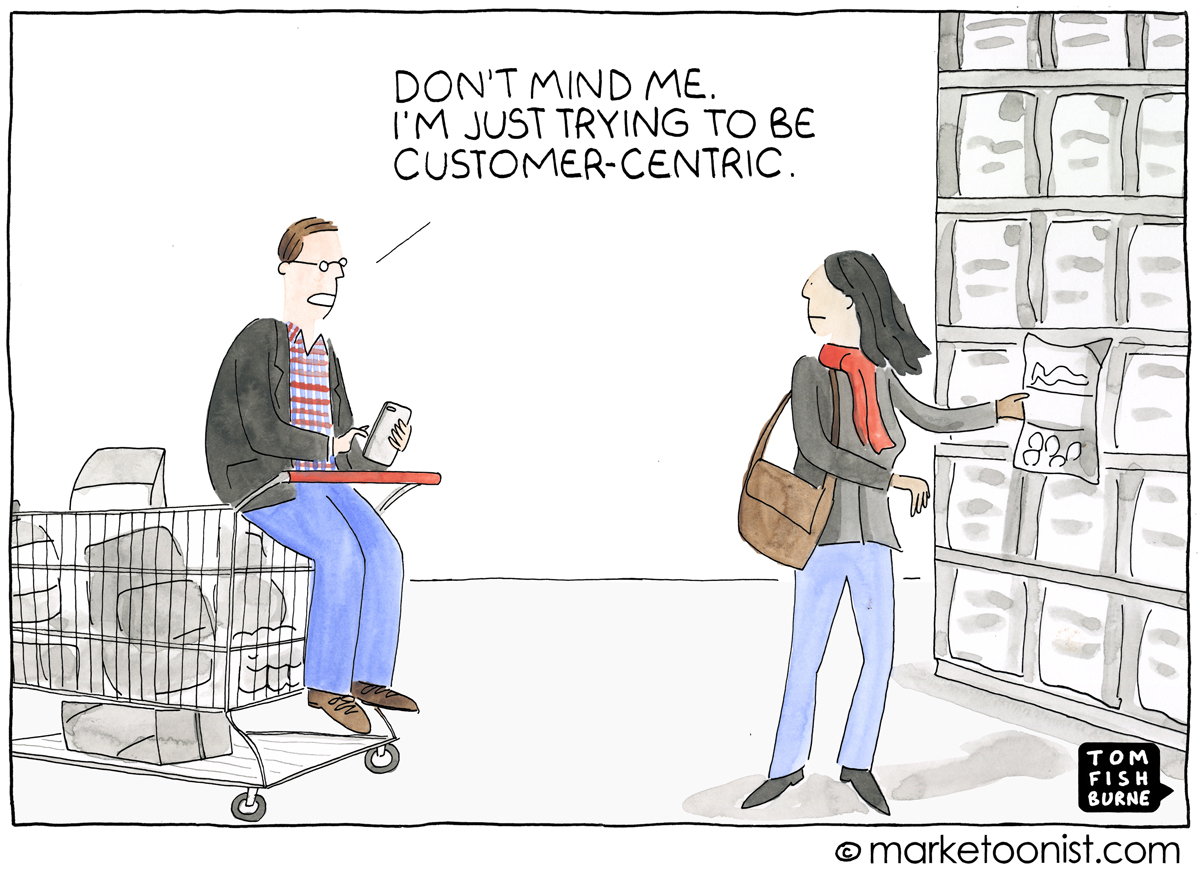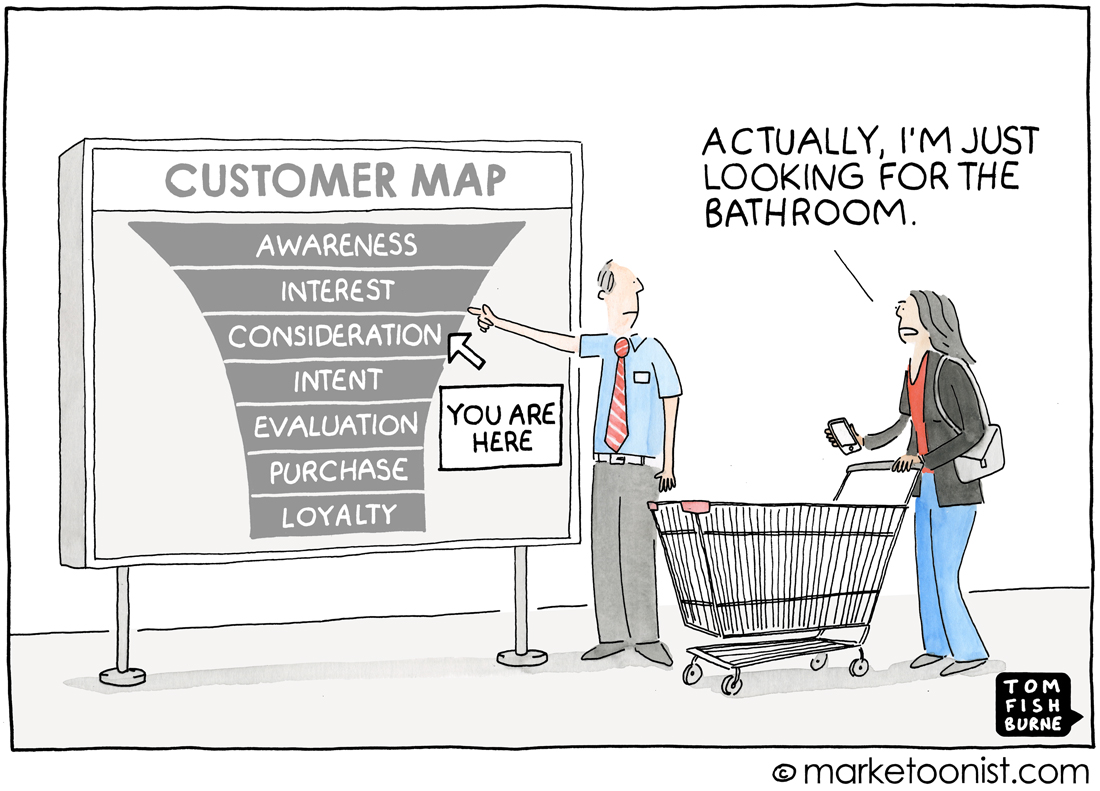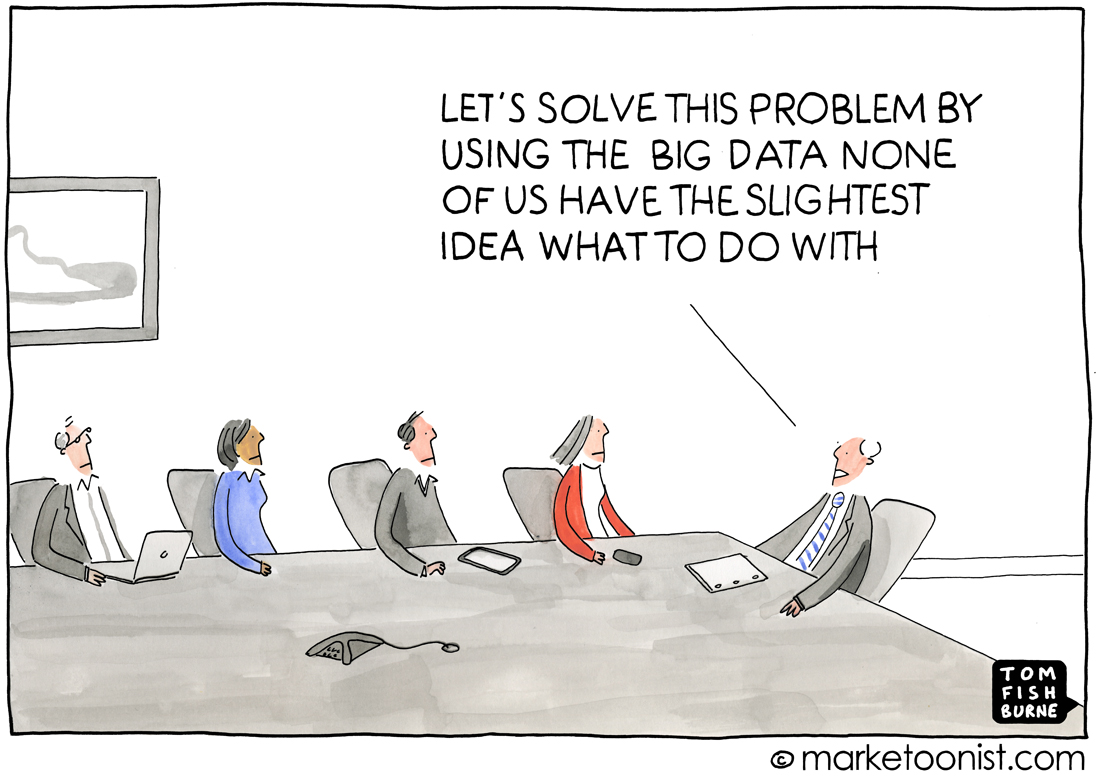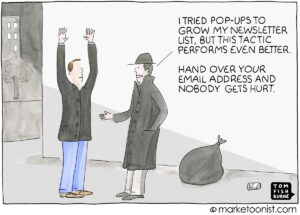“Customer-centric” is frequently claimed by CMO’s to describe their marketing visions. But, like many feel-good marketing buzzwords, “customer-centricity” has lost much of its meaning. Many marketers give it lip service, but there’s not a lot of alignment on how to define it, or where to start.
Marketers aren’t as customer-centric as they think.
For all the hype, delivering on the promise of putting the customer at the core of the business is a struggle. It’s not just a technology challenge. It’s fundamentally an organizational and cultural effort. Trying to make an organization “customer-centric” through technology alone is relying on pixie dust.
Customer-centricity and omnichannel were key themes at the National Retail Federation’s Big Show in New York last week. I was struck by this comment from Jason Goldberg, SVP of commerce at Razorfish:
“A ton of those omnichannel things are checkbox items and a bunch of retailers have checked the box. If that was your attitude, then omnichannel is done. But if you’re doing this because customer behavior is fundamentally changing and you need to figure out how to cater to new expectations of the customer, we’ve just begun…
“Nobody can say we created this amazing store environment that people want to go to instead of Amazon. We’re very early days on that.”
It’s an exciting time for marketing, because every year brings new tools to reach our customers in more compelling ways than ever before. But the work is more than checking the box. It’s more than buzzword-deep.
Here are a few related cartoons I’ve drawn over the years.
“Tracking the Customer Journey“, July 2016
“Customer Journey Mapping“, April 2016
“Big Data“, January 2014





Judy Bernstein says
Re: the lack of clarity around customer-centric
I find, in general, anything worth pursuing can be difficult to pigeon hole. The more significant a concept, the broader the opportunity to find new expressions of it. That being said, I find the design thinking notion of customer-centric pretty cool. It holds that focus should be on genuinely seeking to create value for “the customer” – whomever that happens to be. I’ve found that deliberately sticking to that focus can bring fresh and important new thinking. BTW, great cartoon, as always, this week!
Allen Roberts says
The most self labelled customer centric people I have come across seem to spend a lot of time with their noses in research reports & devices, and very little looking an actual customer in the eye.
I always thought the irony exquisite.
Another cartoon Tom?